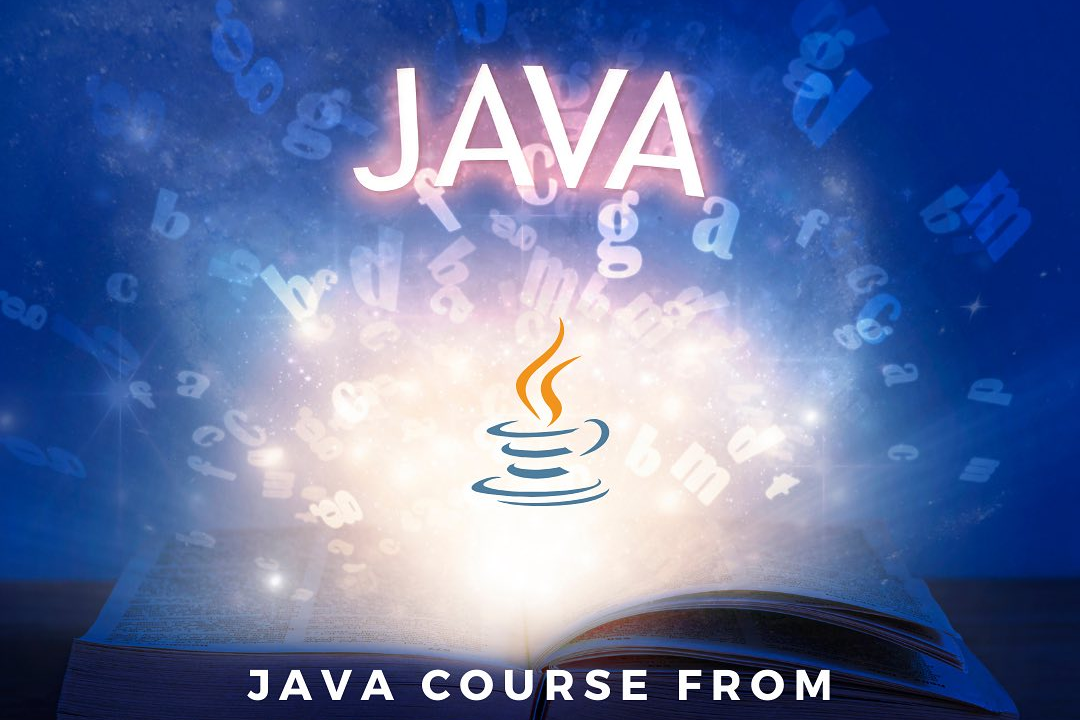Why Java is Not Fully Object Oriented
Exploring Java's Approach to Object Orientation
Why Java is Not Fully Object Oriented
While Java is often categorized as an object-oriented language due to its support for classes and objects, it is not considered fully object-oriented for a few reasons. One key aspect is that Java allows the creation of primitive data types like int and char, which are not objects. Additionally, Java includes static members and methods that can be accessed without creating an instance of a class, which goes against the principles of pure object orientation. Despite these deviations, Java's approach strikes a balance between traditional procedural programming and object-oriented design, offering a versatile and efficient language for a wide range of applications.
To Download Our Brochure: https://www.justacademy.co/download-brochure-for-free
Message us for more information: +91 9987184296
1 - Java has primitive data types: Java includes primitive data types such as int, double, and boolean, which are not objects. This means that not all data in Java is treated as objects, making it not fully object oriented.
2) Static methods: Java allows the creation of static methods, which belong to the class itself rather than instances of the class. This breaks the fundamental principle of object oriented programming, where behavior is tied to objects.
3) Constructors are not inherited: In Java, constructors are not inherited by subclasses. Subclasses need to explicitly define their own constructors, which goes against the inheritance principle in object oriented programming.
4) Access specifiers: Java includes access specifiers like public, private, and protected, which can control the visibility of members within a class. This breaks the encapsulation principle of object oriented programming, as it allows external classes to access and modify internal members of a class.
5) Primitive type wrappers: While Java provides wrapper classes for primitive data types like Integer and Double, they are not true objects themselves. This duality between primitive types and their corresponding wrapper classes adds complexity and blurs the line between pure object oriented design.
6) Lack of multiple inheritance: Java does not support multiple inheritance to avoid the diamond problem. This design decision limits the flexibility and expressiveness of Java's class hierarchy, making it less purely object oriented.
7) No operator overloading: Java does not support operator overloading, where operators can be redefined for custom classes. This feature, common in many object oriented languages, is missing in Java, further limiting its adherence to object oriented principles.
8) Global functions: Java allows the creation of global functions using the static keyword, which do not belong to any specific object. This approach conflicts with the idea of encapsulation and message passing between objects in a pure object oriented system.
9) Lack of true templates or generics: Java's generics feature is implemented using type erasure, which means that generic types are not preserved at runtime. This compromises the polymorphism principle of object oriented programming, as the type information is lost during compilation.
10) Primitives vs objects performance trade off: Java's distinction between primitive types and objects can lead to performance trade offs. Operations on primitive types are faster than objects, but they lack the flexibility and functionality of object oriented approaches. This compromise between performance and design purity is a characteristic of Java's object oriented model.
Considering the above points, it is important for students to understand the nuances and deviations from pure object oriented principles in Java as they embark on their training program. By being aware of these aspects, students can make informed design decisions and leverage Java's strengths while mitigating its weaknesses in object oriented design.
Browse our course links : https://www.justacademy.co/all-courses
To Join our FREE DEMO Session: Click Here
Contact Us for more info:
Digital Marketing Certification Philippines
How to Convert Int to Binary in Java
Java Exception Interview Questions
Difference Between Abstract Class And Interface In Python
Basic Css Interview Questions











